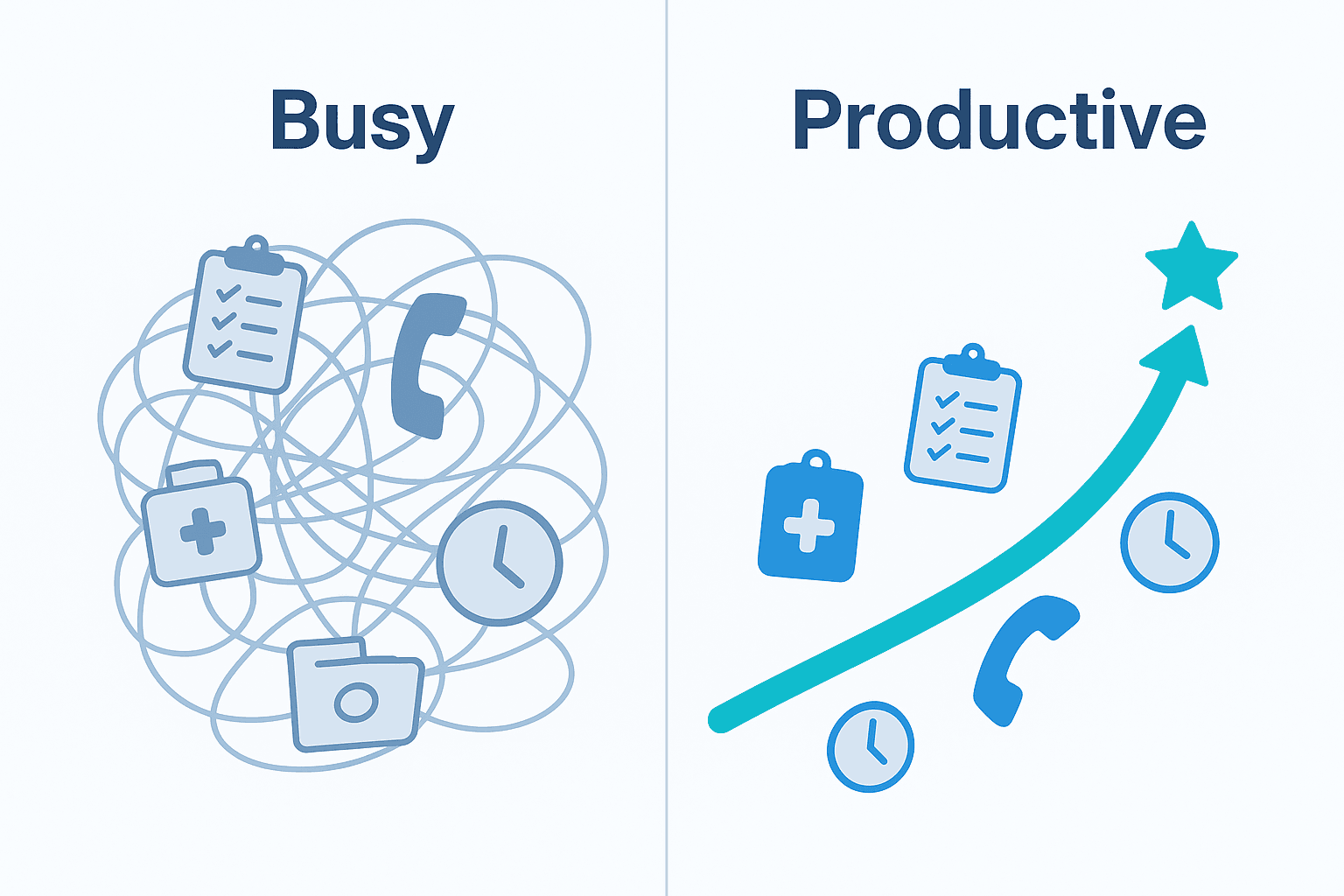A look at current market dynamics, valuation, and the process for practice owners considering a transition.
If you are thinking about the future of your practice, you are in the right place. The decision to sell is significant, blending personal goals with complex financial strategy. This guide offers a clear-eyed view of the landscape for selling your Radiology practice in Iowa, from current market conditions to the fundamentals of valuation. Navigating this process with clear information is the first step to maximize your outcome and secure your legacy.
Market Overview
The current environment for radiology practices is strong. Your specialty is attractive to buyers for several key reasons. Radiology practices often have lean operational expenses, consistent revenue from contracts, and relatively low ongoing capital costs compared to other specialties. This financial stability makes them a prime target for acquisition.
A Seller’s Market
The entire healthcare industry is seeing a wave of consolidation, and radiology is no exception. This trend is driven by private equity firms and large health systems looking to build scale and efficiency. For an independent practice owner in Iowa, this means one important thing. There are well-funded buyers actively looking for practices just like yours. This creates a competitive dynamic that can work in your favor.
The Iowa Specifics
Iowa does face a physician shortage. This can be a challenge for staffing, but it can also be an opportunity. A practice with a stable, experienced team and strong referral relationships becomes even more valuable in a market where talent is scarce. Your established presence is a strategic asset that outside buyers cannot easily replicate.
Key Considerations
Before you get too far down the path, it is important to get your house in order. We find that owners who prepare well in advance achieve the best results. This starts with assembling your team of legal and M&A advisors who specialize in healthcare transactions. They can help you prepare clean financial records for the last 3-5 years, which is the first thing any serious buyer will ask for. The other critical piece is understanding your buyer. A private equity group has very different goals than a local health system. Knowing their motivations will shape your entire strategy, from negotiation to post-sale life.
Finding the right type of buyer for your practice depends on your specific goals.
Market Activity
The interest from buyers is not random. It is driven by specific forces that are reshaping healthcare. For you, the owner of a practice in Iowa, this activity creates real opportunity. Understanding these trends is key to positioning your practice correctly.
Three driving forces in the current market include:
1. Private Equity Investment. PE firms see radiology as a stable platform for growth. They acquire practices to create larger, more efficient regional groups, with a plan to sell the larger entity years down the road. They pay for proven profitability and a clear growth story.
2. Health System Expansion. Local and regional hospital systems acquire practices to secure their referral base and control costs. They want to keep patients within their network and are focused on operational income and strategic geographic coverage.
3. Group Consolidation. Other large radiology groups are also acquiring smaller practices. Their motivation is simple. They want to increase their market share and earnings through scale.
The Sale Process
Think of selling your practice not as one event, but as a journey with distinct stages. It is a process that can take several months to over a year. It begins with preparation and valuation. Then it moves into a phase of confidential marketing, where vetted buyers are approached under a non-disclosure agreement. This protects you, your staff, and your patients. The most intensive stage is due diligence, where the buyer and their team will scrutinize every aspect of your business, from financials and contracts to licenses and legal history. A smooth due diligence process builds trust and keeps the deal on track. The final steps are negotiation, closing the deal, and planning for a seamless transition.
The due diligence process is where many practice sales encounter unexpected challenges.
How Your Practice Is Valued
Your practice is worth more than its equipment and bank account. Sophisticated buyers use a method centered on a metric called Adjusted EBITDA (Earnings Before Interest, Taxes, Depreciation, and Amortization). This figure represents your practice’s true cash flow, adjusted for any owner-specific or one-time expenses. That Adjusted EBITDA is then multiplied by a number, the “multiple,” to determine the enterprise value. The multiple is not a guess. It is a reflection of your practice’s quality, risk, and growth potential.
| Factors That Can Increase Your Multiple | Factors That Can Decrease Your Multiple |
|---|---|
| Multiple providers, not just the owner | High dependence on a single owner |
| Diverse referral sources | One or two dominant referral sources |
| Modern, well-maintained equipment | Outdated or fully depreciated assets |
| Strong growth and consistent profitability | Flat or declining revenue |
| Favorable payor contracts | Heavy reliance on low-margin contracts |
Understanding these factors is the first step toward telling the right story to buyers.
A comprehensive valuation is the foundation of a successful practice transition strategy.
After the Sale: Planning Your Transition
The sale agreement is not the finish line. How you structure the deal has huge implications for your staff, your legacy, and your after-tax proceeds. You may be asked to stay on for a transition period to ensure continuity of care. You might also negotiate an “earnout,” where a portion of the sale price is paid out over a few years based on performance. Some owners choose to “roll over” a piece of their equity, retaining a minority stake in the new, larger company. This gives you a second potential payday when the larger entity sells. Planning for these elements from the beginning is just as important as negotiating the price.
Every practice sale has unique considerations that require personalized guidance.
Frequently Asked Questions
What is the current market like for selling a Radiology practice in Iowa?
The current market for radiology practices in Iowa is strong, driven by a wave of healthcare consolidation. Buyers, including private equity firms and health systems, are actively seeking radiology practices due to their stable revenue and low operational costs. This creates a competitive environment favorable to sellers.
What are key factors that can increase the valuation multiple of my Radiology practice?
Factors that can increase your practice’s valuation multiple include having multiple providers (not just a single owner), diverse referral sources, modern and well-maintained equipment, strong and consistent profitability, and favorable payor contracts.
What should I do to prepare my Radiology practice for sale?
Preparation involves assembling a team of legal and M&A advisors who specialize in healthcare transactions, preparing clean financial records for the last 3-5 years, and understanding the motivations of different buyer types which will inform your negotiation and sale strategy.
What does the sale process of a Radiology practice typically involve?
The sale process is a journey that can take several months to over a year. It includes preparation and valuation, confidential marketing to vetted buyers, a thorough due diligence phase, negotiation, closing the deal, and planning for a smooth transition.
What happens after the sale of my Radiology practice?
Post-sale, you may be asked to remain for a transition period to ensure continuity of care. You might negotiate an earnout where part of the sale price is paid over time based on performance, or choose to retain a minority equity stake in the new entity, potentially benefiting from future sales. Planning these details is as important as the sale price negotiation.



